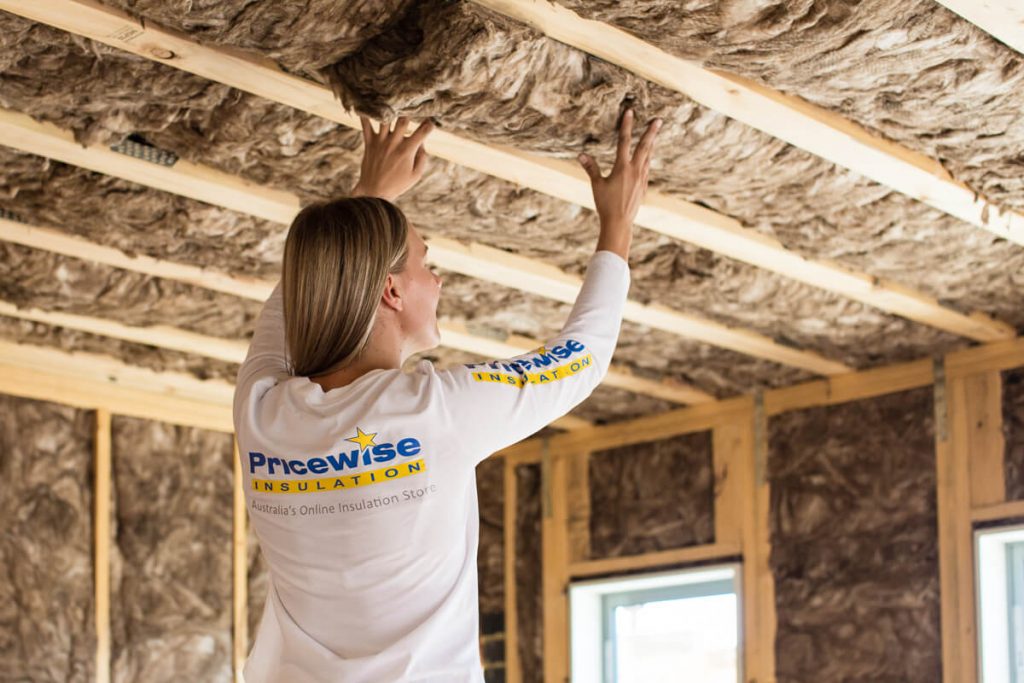In the quest for energy efficiency and sustainable living, insulation plays a crucial role in maintaining comfortable indoor temperatures while reducing energy consumption. With a myriad of insulation materials available, it can be challenging to determine which one offers the highest level of warmth. In this article, we will explore the world of insulation and unveil the warmest material for insulation, backed by scientific research and practical applications.
- Understanding Insulation:
Insulation is a material or system that minimizes heat transfer between different environments, such as the interior and exterior of a building. It acts as a barrier, preventing the escape of heat during colder months and the intrusion of heat during warmer months. The effectiveness of insulation is measured by its thermal resistance, commonly known as the R-value. - Traditional Insulation Materials:
Commonly used insulation materials include fiberglass, mineral wool, cellulose, and foam. While these materials provide adequate insulation, they may not offer the highest level of warmth. Fiberglass, for example, has a moderate R-value but can be prone to air leakage and moisture retention, reducing its overall efficiency. - Revolutionary Aerogel Insulation:
Aerogel, often referred to as "frozen smoke," is a cutting-edge insulation material that has gained significant attention in recent years. It is composed of a gel-like substance with a porous structure, making it extremely lightweight and highly effective in reducing heat transfer. Aerogel boasts an exceptional R-value, making it one of the warmest insulation materials available. - The Science Behind Aerogel's Warmth:
Aerogel's exceptional thermal performance can be attributed to its unique structure. Its nanoporous network consists of interconnected particles, which significantly reduce the conduction of heat. Additionally, aerogel's low density allows it to trap air molecules, further enhancing its insulating properties. These factors combine to create an insulation material that offers superior warmth compared to traditional options. - Practical Applications of Aerogel Insulation:
Aerogel insulation has found applications in various industries, including aerospace, construction, and clothing. In aerospace, it is used to insulate spacecraft and spacesuits, protecting astronauts from extreme temperatures. In construction, aerogel-based insulation is utilized to enhance energy efficiency in buildings, reducing heating and cooling costs. Furthermore, aerogel-infused clothing provides exceptional warmth without adding bulk, making it ideal for outdoor enthusiasts and extreme weather conditions.
Conclusion:
When it comes to insulation, choosing the warmest material is crucial for optimal thermal efficiency. While traditional insulation materials offer adequate performance, aerogel stands out as the ultimate choice for its exceptional warmth and energy-saving properties. With its revolutionary structure and practical applications, aerogel insulation is paving the way for a more sustainable and comfortable future.
About Author
You may also like
-
Safety First: Essential Features of Heavy Duty Storage Racks
-
Innovations Driving the Future of Glass Fiber Cloth Composite
-
Why Indoor Adventure Parks Are the Perfect Rainy Day Solution
-
The Versatility of Glass Fiber Cloth in Modern Industries
-
A Complete Guide to Steel Boards for Scaffolding: Types, Features, and Applications

